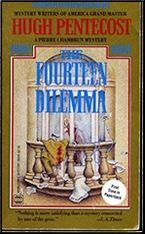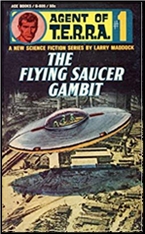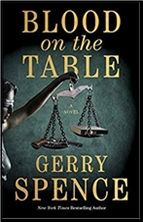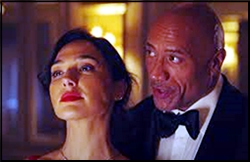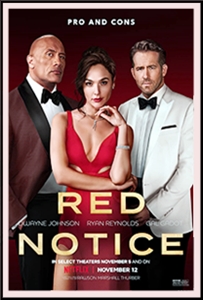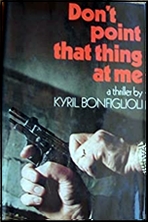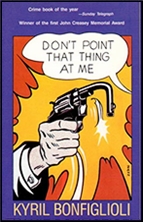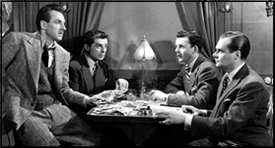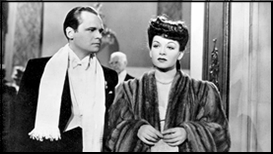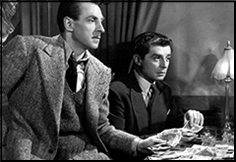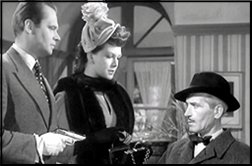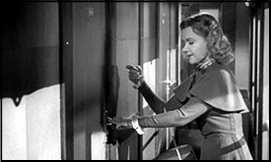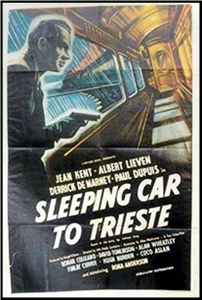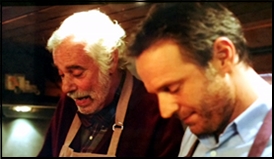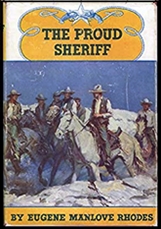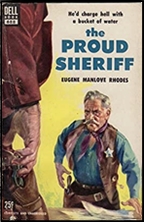REVIEWED BY DAVID VINEYARD:
H. C. BAILEY – Shadow on the Wall. Reggie Fortune novel #1. Victor Gollancz, UK, hardcover, 1934. Doubleday, US, hardcover, 1934. Rue Morgue, softcover, 2008. Note: Joshua Clunk appears in a small offstage role.
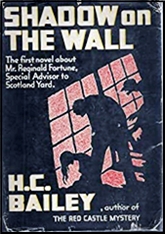
Reggie Fortune, that plump drawling darling of Harley Street, surgeon to the rich and famous and amateur detective par excellence has been out of favor roughly since the end of the Golden Age of the Fair Play Detective Novel. He has, in fact, been so out of favor even ardent fans of the genre would be excused if they only know his name by hearsay.
You can hardly find a short adventure of Reggie’s reprinted in even the most extensive anthologies of the genre, indeed, you are more likely to run across such rarities as Barnabus Hildreth or Dr. Eustace Hailey before you find one of Reggie’s adventures.
I don’t think there was ever an American publication of one of his books in paperback past the 1940’s and not much then, and while he gets a mention in Haycraft and by others, he is easily the least known of the fairly popular sleuths from the era, even Barzun and Taylor give him short shrift in Catalogue of Crime.
I don’t know exactly what I expected when I first started reading Bailey and Reggie Fortune. I knew from my reading that he tended to be annoying according to critics, that too many of his books involved children in danger, that he was chubby but not fat, and that he tended to be rude to policemen, but beyond that I couldn’t figure out exactly why that was more annoying than the some of the same traits in Peter Wimsey or Albert Campion.
I still don’t know what Bailey and Reggie did that so annoyed critics that they seemed happy to bury him.
Shadow on the Wall is the first novel length adventure of Reggie Fortune and it dives right in. At a Royal gathering Reggie meets with his friend Lomas, head of the Criminal Investigation of Scotland Yard, where they are accosted by Lady Rosnay who seems determined to see both attend her costume affair that evening.
She is also all abuzz about the scandalous death of Lucy Poynitz, the wife of a RAF test pilot who apparently committed suicide as a result of guilt over an affair with an unknown man. When, at that parties end Reggie learns her husband has died in a plane crash of unknown cause too, he is intrigued and decides against he best judgment to show up at Lady Rosnay’s that evening.
Attending the party doesn’t make things any clearer either. Lady Rosnay and a friend seem determined to let Reggie know they don’t trust Simon Osmond, an up and coming political figure sure to be the next Prime Minister if nothing stops him and with a reputation with the ladies.
Then there are some odd things going on, such as why would Lady Rosnay remove her jewels in the middle of the party, and what happened that led them to find her unconscious. Did she fall or was she hit?
No one is talking.
If you can’t make a mystery out of those ingredients you are in the wrong business, and Bailey isn’t.
Aside from Reggie Fortune Bailey also penned the adventures of Joshua Clunk, a less that scrupulous solicitor and wrote a number of fairly good swashbucklers. He knew his way around a plot and for all Reggie’s affectations he is often very effective in short form, and no worse at novel length than many of his fellow writers from that period.
More murder follows and Reggie finds himself deep in the middle of the investigation and closer to the truth than someone finds comfortable.
He heard a twig crack on which his own foot had not trodden. He looked aside and stepped behind a willow, and as he moved the crack of a shot came to him, a ping, a thud. He dropped prone behind the tree in bushes which scratched him, put his fingers in his mouth and whistled with all his might — gasped and whistled again.
Granted he’s not exactly the finest action writer you have ever read, but there’s decent atmosphere, and pretty good detective work by Reggie who plays great detective quite well.
I suppose some might have been bothered that Reggie turns up a conspiracy, the Maison Montrespan…
“The evidence is we are up against a group willing to take on any kind of dirty work…Now developed on a commercial basis. Organized business of crime. The mischief-makers unlimited. Ready to undertake dirty work for anyone who can pay.â€
Reggie will uncover the truth about the Maison Montrespan, reveal a murderer, and rise above the nasty business in true great detective manner before the final line, and its pretty entertaining, moving well enough, and with decent detection.
Reggie is no more annoying than any other great detective of the era, a “g†dropping lot if there ever was one, and while he is isn’t in the top class of puzzlers here, many of his short adventures hold up quite well and deserve reprinting.
As far as I know there is no single great Bailey novel or short. Maybe someone can name one. So far what I’ve read is capable though and often entertaining.
It feels as if Reggie got the blame for all the worst excess of the entire genre, and really doesn’t deserve it. For lovers of the genre, he and Bailey are well worth seeking out though I grant he is best taken in small doses.
Considering some of the drivel showing up in e-book form by the likes of Anthony Bathurst, H. C. Bailey and Reggie Fortune are classic works of genius.
